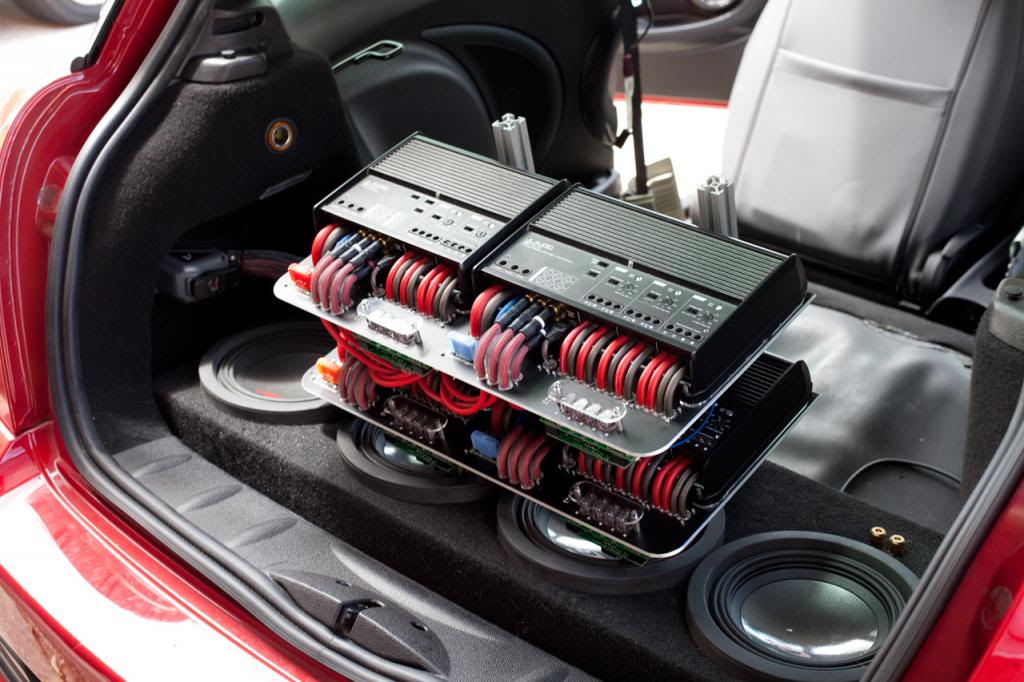Amplifiers Audio System: Powering Up Your Sound Experience

Whether you’re an audiophile, a casual listener, or a professional musician, the heart of your audio system is the amplifier. It’s the engine behind the sound, taking a low-voltage Amplifiers audio system signal and amplifying it to drive your speakers with clarity, depth, and power.
Understanding Amplifiers audio system Classes
Amplifiers are categorized into various classes based on their circuit designs and the method of amplification. Each class has its unique characteristics, benefits, and uses.
Class A Amplifiers: The Audiophile’s Choice
Class A amplifiers are known for their exceptional audio fidelity. They operate by keeping the output transistors active at all times, which minimizes distortion but results in lower efficiency and higher heat output.
Class AB Amplifiers: The Balancing Act
Class AB amplifiers offer a compromise between the high fidelity of Class A and the efficiency of Class B. They are the most common type of amplifier in home audio and car stereo systems.
Class D Amplifiers: Efficiency Meets Performance
Modern Class D amplifiers have surged in popularity due to their high efficiency and compact size. They use pulse-width modulation to produce a digital-like signal that drives the speakers.
The Importance of Power and Impedance Matching
One of the most crucial aspects of choosing an amplifier is matching it to your speakers. An amplifier’s power output should be appropriate for the speakers’ power handling capabilities, and the impedance levels must also be compatible.
Power Handling: Avoiding Distortion and Damage
Speakers come with power ratings that indicate the maximum power they can handle. An amplifier should provide 50-150% of the power rating of the speakers for optimal performance.
Impedance Matching: Maximizing Efficiency
Impedance is a measure of resistance in the circuit. Most speakers have an impedance of 4 to 8 ohms. It’s essential to choose an amplifier that matches the speakers’ impedance for efficient power transfer.
Features to Look for in an Amplifiers audio system
Today’s amplifiers come with various features that can enhance your listening experience. From built-in DACs to customizable sound settings, the options are vast.
Built-in Digital-to-Analog Converter (DAC)
A good DAC can make a significant difference in sound quality. Some amplifiers come with high-quality built-in DACs that can process high-resolution audio files.
User-Friendly Controls and Connectivity
Modern amplifiers offer a range of connectivity options, including Bluetooth, Wi-Fi, and various input/output ports. User-friendly controls allow for easy customization of sound profiles.
Setting Up Your Amplifiers audio system for Optimal Sound
The placement and setup of your amplifier can impact its performance. Consideration should be given to ventilation, cable management, and positioning relative to other components.
Ventilation and Heat Management
Amplifiers produce heat during operation. Adequate ventilation is necessary to maintain optimal operating temperatures and prevent overheating.
Cable Management: The Impact on Sound Quality in Amplifiers audio system
Quality cables and proper management can reduce interference and maintain signal integrity, resulting in a cleaner, more precise sound in Amplifiers audio system.
